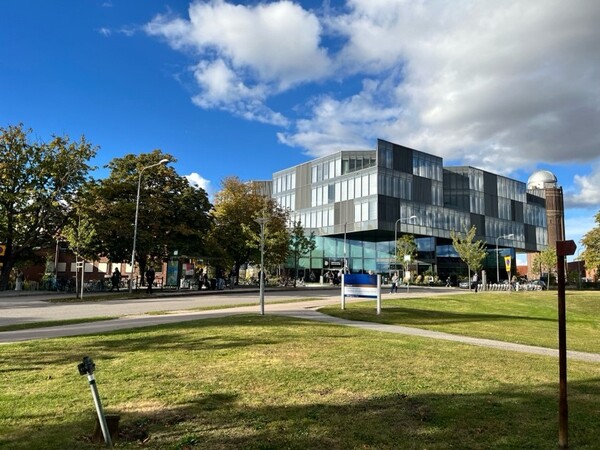- HOME
- Education
- Student's Voice
- 【Dispatch of student】Mr. Haruki Shirouzu (Laboratory of Proteostasis in Stem Cell, IRCMS)
Student's Voice

The following report was written by Mr. Haruki Shirouzu (1st year doctoral student, Faculty of Medicine, Kumamoto University).
Name: Haruki Shirouzu
Laboratory of Proteostasis in Stem Cell, IRCMS
Research Institution: Lund University
Dispatch Period: September 10th (Tue) - October 9th (Wed), 2024
Q1. Achieving Objectives and Goals for the Dispatch Program
I visited Lund University to conduct experiments using umbilical cord blood, which is difficult to obtain in Kumamoto. In the Johan Lab, they are working on gene therapy for Diamond-Blackfan Anemia (DBA). I investigated how genes that show increased or decreased expression in DBA patients are related to the onset of DBA, using a lentiviral vector. This involved constructing plasmids, producing viruses, and introducing them into cells. Although I was unable to complete the final analysis during my stay due to being unwell for a week, I was able to learn new experimental techniques.
Q2. What are the main things you gained through this overseas dispatch program?
Global Research Career
I met two Japanese researchers who became PIs in Lund and had a discussion with them about conducting research abroad and becoming a PI. It was a great opportunity for me to reflect on my own career, including studying abroad. I realized that the process of setting up a lab is quite different from Japan, and I gained a deeper understanding of the pros and cons of conducting research in both Japan and Sweden.
Experience in Clinical Settings
When I went to Karolinska Institute to receive bone marrow samples from a DBA patient, I had the opportunity to see patients in the hospital. My research theme focuses on producing red blood cells for transfusion through in vitro culture, and I believed that this could help patients suffering from blood shortages. However, I had never actually seen patients with anemia in a hospital setting before. Having the experience of seeing a patient suffering right in front of me has made me even more determined to develop practical in vitro-produced red blood cells as soon as possible.

